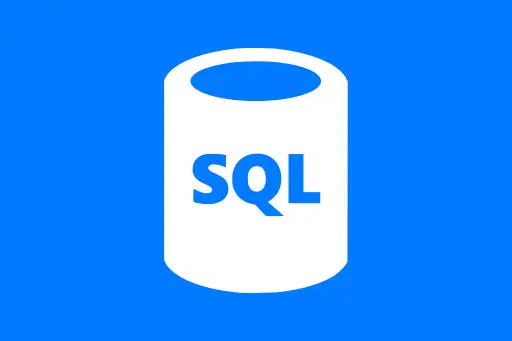Driver, Executors, and Cluster Manager in Apache Spark
Driver, Executors, and Cluster Manager in Apache Spark
Apache Spark works in a distributed computing environment. This means it divides tasks across multiple machines to process large datasets in parallel. To manage this entire process efficiently, Spark uses three major components: the Driver, the Executors, and the Cluster Manager.
What is the Driver?
The Driver is the brain of a Spark application. It is responsible for:
- Defining the main function of your Spark job
- Creating the SparkContext
- Splitting the job into smaller tasks
- Sending these tasks to the Executors
- Collecting results from the Executors
Analogy Example: Driver as a Manager
Imagine you are a project manager. You receive a large assignment and need to divide it among your team members. You decide who will do what and then gather all the results for a final report.
In Spark, the Driver is just like that manager. It plans, delegates, and collects.
Question:
What happens if the Driver fails during execution?
Answer:
The entire Spark application will fail. Since the Driver coordinates the work and holds metadata about the job, its failure breaks the whole process.
What are Executors?
Executors are the workers in the Spark ecosystem. Every application gets its own set of Executors. They are responsible for:
- Executing the tasks assigned by the Driver
- Storing data in memory or disk for caching
- Sending results back to the Driver
Analogy Example: Executors as Team Members
Continuing the previous analogy, the Executors are like your team members. You (as a manager) assign them tasks. They do the actual work, take notes, and send their output back to you.
Question:
Can Executors talk to each other directly?
Answer:
No. Executors do not communicate directly with each other. All coordination goes through the Driver.
What is a Cluster Manager?
The Cluster Manager is responsible for resource management and task scheduling. It decides:
- Which machine (node) will run the Driver
- How many Executors to assign
- Where to place each Executor
Apache Spark can work with various cluster managers:
- Standalone: Built-in manager in Spark
- YARN: Hadoop-based resource manager
- Mesos: General-purpose cluster manager
- Kubernetes: Container-based resource manager
Analogy Example: Cluster Manager as HR
Think of the Cluster Manager as the HR department. If you (the manager) need more team members or computing power, you ask HR. HR decides which employees (Executors) are available and assigns them to your project.
How They Work Together
- The user writes a Spark application.
- The Driver is launched on one node by the Cluster Manager.
- The Driver requests resources (Executors) from the Cluster Manager.
- The Cluster Manager launches Executors on worker nodes.
- The Driver sends tasks to the Executors.
- Executors run the tasks and send results back to the Driver.
Simple PySpark Code Example
Let’s look at a minimal PySpark program and understand which part is handled by the Driver and which by the Executors.
from pyspark.sql import SparkSession
# This code is executed by the Driver
spark = SparkSession.builder.appName("Simple Example").getOrCreate()
# Creating a DataFrame
data = [("Alice", 30), ("Bob", 25), ("Cathy", 29)]
df = spark.createDataFrame(data, ["Name", "Age"])
# This transformation is planned by the Driver
# but executed by Executors
filtered_df = df.filter(df.Age > 26)
# Action triggers actual execution
filtered_df.show()+-----+---+ | Name|Age| +-----+---+ |Alice| 30| |Cathy| 29| +-----+---+
Explanation:
SparkSessioncreation is handled by the Driver.filteris a transformation — it is lazy and only planned by the Driver.show()is an action — when triggered, the Driver sends the job to Executors for execution.
Summary
In Spark:
- Driver coordinates everything
- Executors do the actual data processing
- Cluster Manager provides and manages resources
Understanding these roles helps you write more efficient Spark jobs and troubleshoot issues during execution.
Next Topic ⮕Job, Stage, and Task in Apache Spark













Comments
Loading comments...